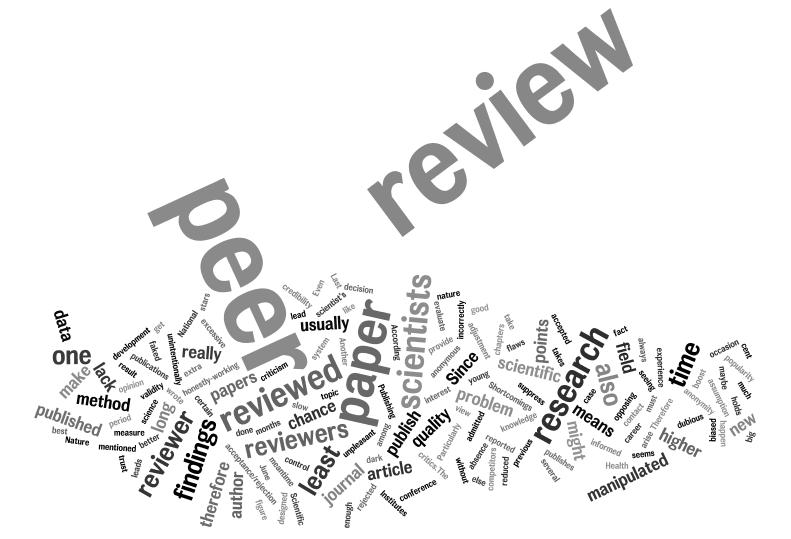
New information available that will help lend insite into this pervasive problem with myotonic dystrophy. Here is the link to the full study https://www.sciencedirect.com/science/article/pii/S0960896617314037
Highlights
- •This is the first high scale survey for falls and fractures for Myotonic Dystrophy 1.
- •DM1 adults showed 2.3 more risk of falling than a healthy adult over 65 years of age.
- •These results presented no impact of respondent sex for risk of falls.
- •Age showed to be a significant predictor for falls in DM1.
- •Falls in DM1 are still an unpredicted & underestimated factor that requires attention.
Abstract
Myotonic Dystrophy type 1 multisystem involvement leads to functional impairment with an increased risk of falling. This multinational study estimates the prevalence of falls and fall-associated fractures. A web-based survey among disease-specific registries (Germany, UK and The Netherlands) was carried out among DM1 ambulant adults with a total of 573 responses retrieved. Results provided a risk ratio estimation of 30%–72% for falls and of 11%–17% for associated fractures. There was no significant difference for falls between male and female, but there was for fall-related fractures with a higher prevalence in women. Balance and leg weakness were the most commonly reported causes for falling. This study is based on a voluntary retrospective survey with naturally inherent limitations; however, the sample size allows for robust comparisons. The estimated risk of falls in this cohort with a mean age of 46 years compares to a previous estimation for a healthy population of over 65 years of age. These results suggest a premature-ageing DM1 phenotype with an increased risk of falling depending on age and disease severity that, so far, might have been underestimated. This may have clinical implications for the development of care guidelines and when testing new interventions in this population.




